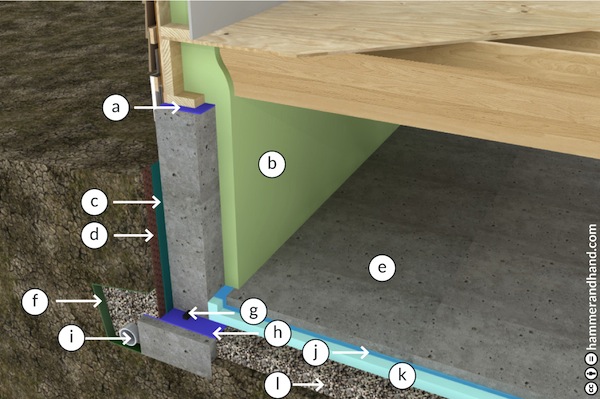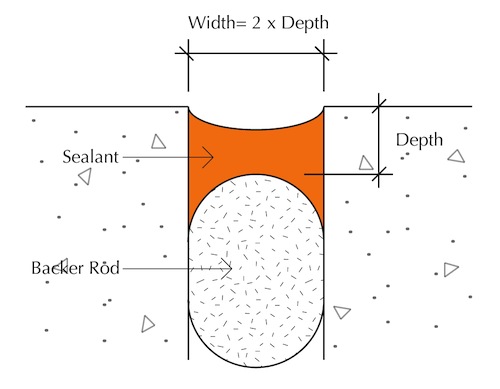Passive House Builder Hammer & Hand Helps You Fight the Devil

When I was building a home in 2001, I came across a gazillion little things that I needed guidance on. I’d never built anything larger than a bookcase, so new home construction was quite a big step. I bought books, scoured the web, and tried to get as much info out of Southface as I could, but I still couldn’t find everything I needed. As a result, I made mistakes because, as you know, the devil is in the details.
When I was building a home in 2001, I came across a gazillion little things that I needed guidance on. I’d never built anything larger than a bookcase, so new home construction was quite a big step. I bought books, scoured the web, and tried to get as much info out of Southface as I could, but I still couldn’t find everything I needed. As a result, I made mistakes because, as you know, the devil is in the details.
New home builders now have a lot more information available online, and I just learned of a really nice one last week. Hammer & Hand is a construction company in Portland and Seattle that focuses on high performance buildings, particularly Passive House. I’ve gotten to know several of them from the Passive House conferences I’ve attended over the past few years, and they’re a really impressive group. Last week I got an email from Zack Semke there telling me about their Best Practices Manual.
The diagram above is from the manual, and it’s from the chapter on one of my favorite topics: crawl spaces. This is their diagram for detailing an encapsulated crawl space in new construction. They also show how to encapsulate a crawl space in an existing home and how to keep the building enclosure at the floor above the crawl space — along with recommending when that’s OK.
The manual doesn’t have everything you might look for — yet. They’re still working on it and will release more as they develop it. It’s also biased toward their climate. Their recommendation for ventilating an encapsulated crawl space is to put in an exhaust system and ideally to use an HRV. That might work in the Pacific Northwest, where the outdoor air is cool and dry, but it’s not ideal for humid climates. (Yes, I really did say the Northwest is cool and dry. It’s a psychrometrics thing.) If you want more on that topic, I’ve written up a more complete discussion of ways to deal with crawl space air.
The chapters in the manual are:
- Flashing
- Sealant Joints (from which the diagram above is taken)
- Windows & Doors
- Rain Screens
- Wall Penetrations
- Roofs
- Basements
- Crawlspaces
- Decks
It’s really great stuff! And not only that, but they are sharing this freely with anyone and everyone through their website. They’ve put the Creative Commons license (that’s the CC on the images above) on all of it, so you’re free to use it pretty much how you choose as long as you follow their (light) restrictions:
Hammer & Hand’s Best Practices Manual is covered by a Creative Commons license that allows for redistribution, commercial and non-commercial, as long as content is passed along unchanged and in whole, with credit to Hammer & Hand. If any piece is shared online, it is required to credit Hammer & Hand and include a link to the relevant source page.
Sam Hagerman, a co-owner of Hammer & Hand, wrote: “We look forward to our role as participants in the economy of knowledge around all these concepts. Our efforts are offered in the spirit of cooperation, collaboration, and the greater good.”
Thank you, Hammer & Hand, for helping us fight the devil in those details!
Check out the Hammer and Hand Best Practices Manual
Related Articles
The Top 10 Mistakes I Made in Building a Green Home
What Is the Best Way to Deal with Crawl Space Air?
Vapor Retarder? Vapor Barrier? Perms? What the Heck?!
NOTE: Comments are moderated. Your comment will not appear below until approved.

